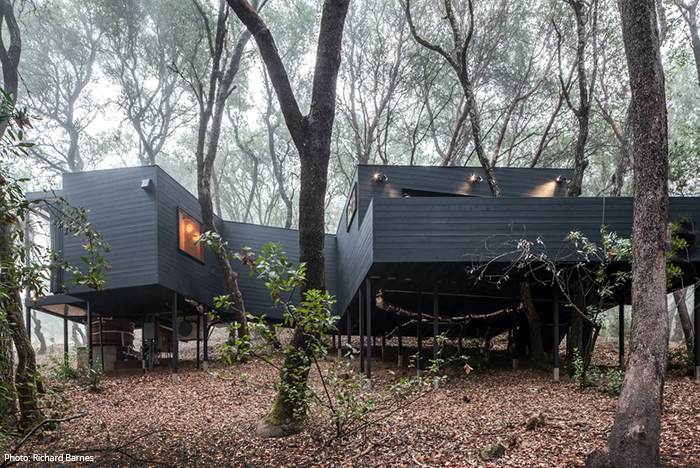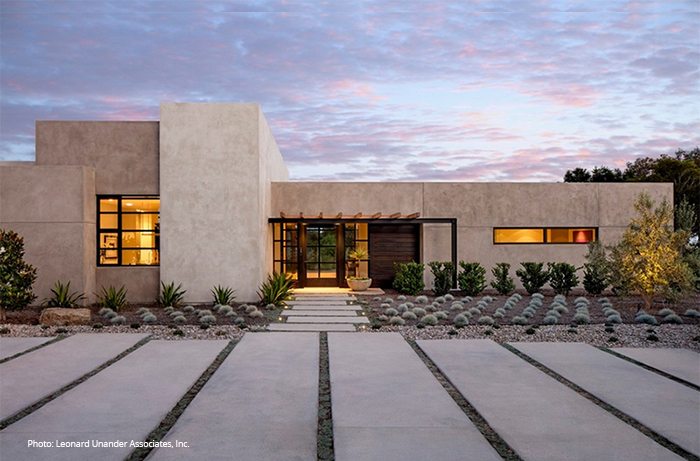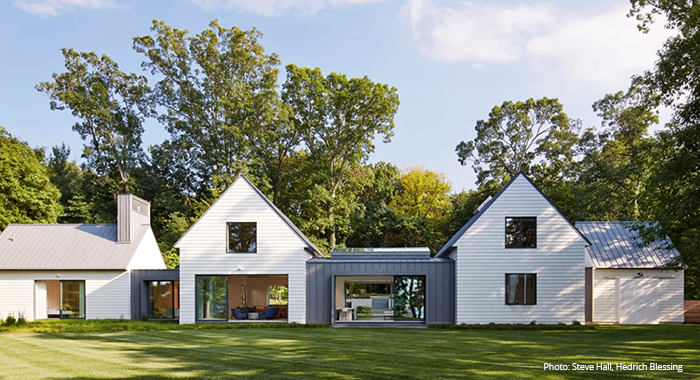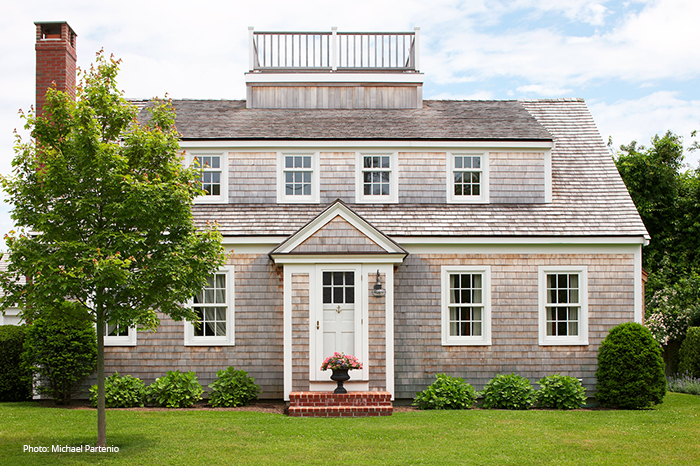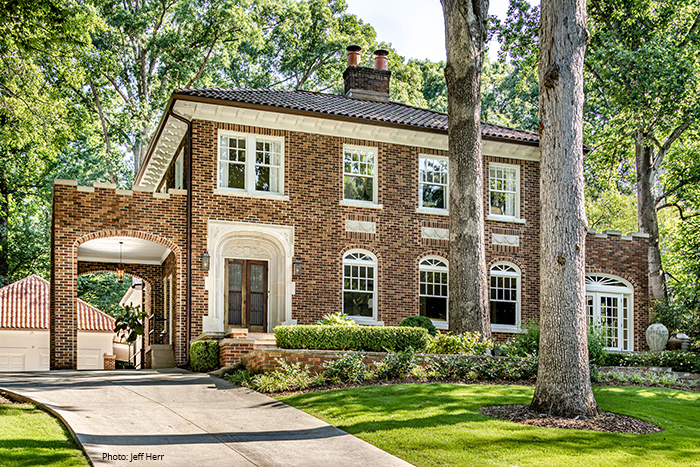🇺🇸 From sea to shining sea. 🇺🇸
Like the fabric of our country, residential architecture in the USA is a medley of styles, each with their own DNA from coast to coast. Once again, mother nature has her influence on those styles and the materials that are used to build them. Beyond that, the design ethos in each pocket of the country is defined by the unique cultural values and challenges of that region. Let’s journey from the four corners and a little bit in the middle…
Northwest
Modern. In the 1960s, a group of architects integrated the northwest culture into “modern” architecture to create the “Pacific Northwest style.” The essence of that style pervades the work of northwest architecture. Respect for the land, respect for wood, an eye to craft, and a visual response to each new circumstance are still the hallmarks of the best of Pacific Northwest design.
Southwest
Earthy. Southwest home architecture encompasses a variety of styles, like Mediterranean, Spanish Mission, Hacienda, Pueblo, and Adobe. This fusion style of design is steeped in history and influences of Spanish Colonial mission churches and the Native American Pueblo people. In the desert, the people of Phoenix and the Southwest share values about design that directly connect to the land and sky, based on the ancient ways to survive/thrive in hot sunny climates. Southwest homes typically feature smooth exterior walls consisting of stucco, wood or brick. Rooflines are shallow or even flat and the homes rarely ascend more than two stories in height.
Midwest
The breadbasket. Rooted in agriculture and evolving as a leader in industrialized innovation, home styles in this region take on many characteristics. From farmhouse and craftsman to modern styles, the often overlooked area is becoming a hotbed for design that is both polished and experimental. Who Knew?
Northeast
Colonial. Along the hills, the countryside, and coastline of New England – from the southernmost tip of Connecticut all the way north to Maine – fascinating homes of diverse architectural styles line village and city streets. The sights can be modest Cape Cods and Colonials, Shingle-style homes, Federal row houses on Boston’s Beacon Hill, modern Farmhouses, and don’t forget those historic mansions in Newport, Rhode Island. Because of the age of the area, traditional Colonial-style homes in classic whites and cool colors are most popular.
South
Neoclassical. Styles like Greek Revival, Gothic Revival, Italian, and other similar Mediterranean styles were popular among southern home builders. Although European building techniques were becoming extremely popular among American homeowners, plantation and farm owners in the South chose these styles for their drama and practicality. Wrap-around porches provided coverage from the hot, southern sun; large windows allowed a breeze to pass through the home, and high ceilings enabled heat to rise within the home, keeping the living areas cooler.
We hope you enjoyed the architectural journey. No matter what region of the country, or what style, all of these homes have stories to tell about the architects who designed them and the families that loved them.
From our Terracotta family, have a wonderful 4th of July. 🇺🇸
Credits:
Northwest: Architect Douglas Burnham, featured in Dwell, photo by Richard Barnes
Southwest: Designed by Leonard Unander Associates, Inc., featured in the homedesignlover
Midwest: Designed by Booth Hanson, featured in AD, photo by Steve Hall, Hedrich Blessing
Northeast: Better Homes & Gardens, photo by Michael Partenio
South: Designed by Leila Ross Wilburn, renovated by Terracotta Design Build, photo by Jeff Herr
Other content provided by StyleBluePrint



